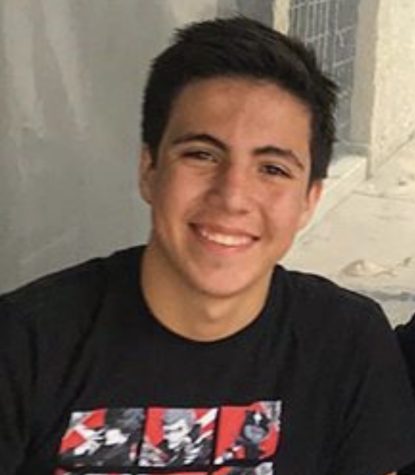Teachers’ Perspective On Virtual Learning: Part 2

December 15, 2020
During my first article about teachers’ perspectives on virtual learning, I showcased how some of the teachers at ASHS felt about this new normal. As we all know, teachers’ feelings are not at all homogenous, and because of that, I wanted to make sure to highlight more teachers at our school. Here are more statements from teachers at ASHS regarding the struggles associated with the virtual environment, as well as what we can do as students to better help them teach (statements have been edited for length):
Madame Menichelli (French 3 Honors, French 3 CP, AP French): “Everything literally takes twice as long and my brain, although making progress, is still for some things like ‘oh that will just take a minute’ and then when I do it, I understand all the things I didn’t consider and will now have to do, which will now take more time. Also brain fatigue: there are some times that I look at the screen and think “how do I ___?” for something as easy as copying or sharing the screen but I just can’t figure it out. I take a little break then…
[regarding what students can do] Oh gosh, keep doing what you’re doing… Ideally: put your camera on so I can see you (if that works for you, literally and figuratively), volunteer to answer questions, do your best to do speaking activities in the breakout rooms with your group, and try not to be afraid or embarrassed to ask me questions when you’re confused.”
Ms. Lacy (Active Physics, AP Physics 1, Physics of Engineering and Design, Physics of Flight): “One of my biggest struggles teaching Physics in a virtual world has been the difficulty with doing demonstrations. Demonstrations help solidify concepts that we teach, but they are also the fun and exciting parts that draw in students to the awesome nature of physics. Without these, it is hard to convince students why I think Physics is so cool…
Not being able to hear laughter, listen in to student conversations about the subject, or even see simple facial expressions is really tough. I, and most teachers, rely on this nonverbal feedback from students to help up gauge understanding. We use humor to keep attention. Being in a void of silent black screens makes teaching very lonely. And honestly, I feel like I am not reaching my students, which is very sad.”
Mrs. Ventura (Algebra II, Honors Algebra II & Trigonometry): “Some obstacles that I have encountered are technology-related. The district has provided an outstanding supply of resources for teachers to use. However, as I enter my 32nd year of teaching, it takes me longer to experiment and learn to use these resources…
One Friday evening (yes, Friday evening), I set up a Pear Deck lesson with a math colleague and a storm was coming and both of us lost power. It turned out to be a great practice run, both improvising and being flexible to finish our practice session! We are constantly learning!
As a math teacher, I am always trying to implement new ways to view my students’ work. The Teaching and Learning Department, Google Instructional Staff, and my colleagues have helped me greatly. My students help me, too. They probably laugh to themselves each time I ask them ‘Am I still sharing my screen?’ or in the first month of school, ‘What am I sharing with you?’ Everyone is exercising patience and kindness. I look forward to teaching my students each day and seeing their faces.”
Mr. Morrissette (CP American History, Honors American History, AP U.S History): “The most difficult aspect of virtual teaching by far is the difficulty of getting to know the students. The first five minutes of class or the time that students are working independently is often crucial in getting to know each other and that bond often creates a comfort level that brings so much more to class discussions and the class climate in general. It’s very hard to recreate that over a computer screen, especially when many students don’t turn their cameras on or feel less accountable for contributing to class discussions because they haven’t developed that relationship with the teacher or other classmates. This is a vital part of the American History class because so much of what we’re learning makes more sense if we can relate it to the world today and discussing those connections makes the class so much more meaningful.
What students can do to make this a better experience for all of us is turn their cameras on if they feel comfortable and try to be a part of our classroom like they would if we were in the building. The more we are engaged as a group, the more we can learn from each other.”

